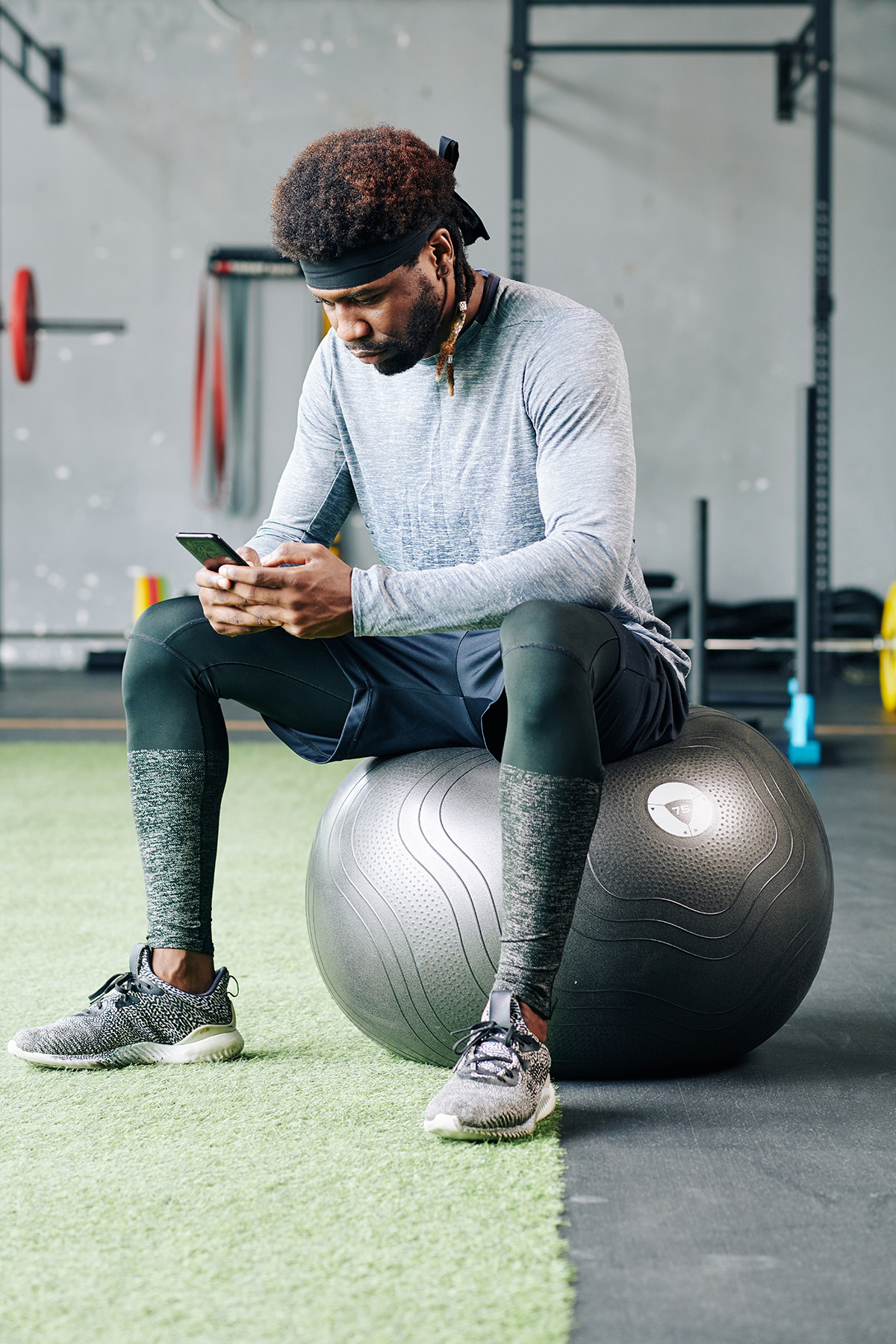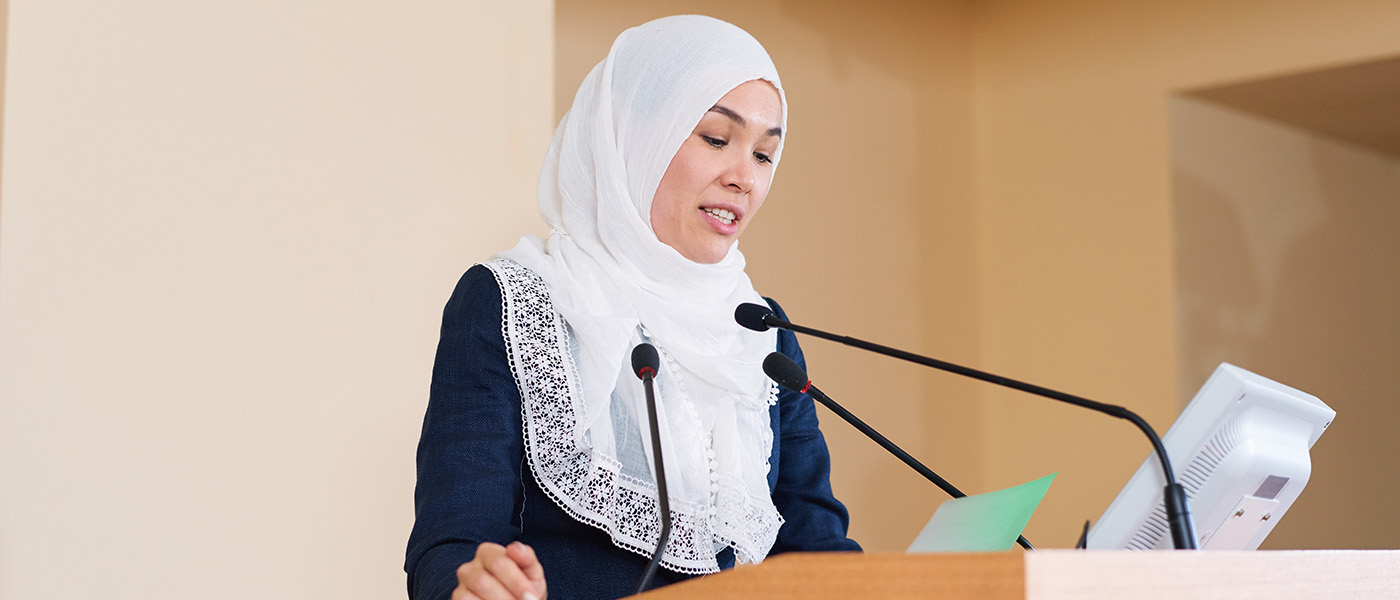Here’s an idea to bring to your school. I found it while travelling, and was impressed with its potential.
It starts with the question of just who is reading in your school?
Students, of course, using whatever scheme/program/model favoured in your school.
Teachers, naturally, reading important stuff, poring over the keyboard/tablet/smartphone. Reading to students with joy. And sometimes not as well as we’d like it to be.
Other school personnel?
Parents?
Expectations
The never-ending demands for change ensure teachers are constantly making sure that the teaching of reading is foregrounded in classrooms. There is always the latest equivalence of a ‘gadget’ that will guarantee a child will learn to read in ‘5 easy steps’, or ‘In just 5 days’, or will use testing of all students to provide some sort of standardised growth data disguised as ‘information’ about reading.
Everybody expects students to learn to read at school so they can have all the proven benefits of this skill.
How frequently though, do students see others enjoying reading? or do we?
Reading role models – Look who’s reading!
We all need to see our contemporaries, our heroes, the important people in our world and in our lives, as readers.
Our students need reading role models apart from the class teacher.
In-school models: Staff formal portraits. Teachers, canteen staff, the crossing assistant, maintenance person are to each have a photo taken while reading a book, magazine, tablet, etc. Print on A3 size paper and frame. Display them around the school, in corridors, the front office, the library, the canteen – the places where students can see the actuality of reading.
Each portrait included a statement about what this person enjoyed about reading. Not just the ‘This is my favourite book’ but the reasons for enjoying/using/learning about reading, or a comment about a character and what might have been learned about how life works.
Let the portrait say everything about the reading.
Community models: As a class, students can determine who the local significant personalities are. Students can write a letter inviting these people to the school to share their ideas about reading, and to have a portrait done, for display in the school.
Develop a series of interview questions about the subject and their thoughts about reading, and conduct formal interviews. These can be recorded and played through the school’s You Tube channel in the office.
The P&C President, local business owners, the mayor or shire president, religious leaders, politicians, sports personalities, TV personalities, and so on may willingly participate.
Think big: This could become an annual celebration of reading in the school. Portraits can be presented to the subjects at a special ‘Look Who’s Reading’ ceremony at the end of each year.
Reading at work:
Invite three or four local people to talk about how they use reading in their work. Students can prepare questions to pave the way for anyone who is a little nervous. This is a great way to demonstrate how varied the use of reading is.
I was involved with a school one Education Week where four people spoke with the Stage 2 and 3 students: a mum who worked in the delicatessen at Woolies, a dad who drove a dozer and had a manual about 5cms thick, the school gardener with instructions for plantings and chemical use, and the aquatic centre manager. Each spoke about how they used reading every day to help and guide them in their work. Student questions included those about reading for pleasure too.
Modelling reading actively demonstrate to our students that we value reading, not just for itself but for its power and reward.
Resources
Let’s Read; Read Aloud 15 Minutes (US)
10 Benefits of Reading (and Why Children and Adults Should Read Often)
The 20 most popular books (so far) of 2019-20
https://readingaustralia.com.au/
Premier’s Reading Challenge in each state in Australia







